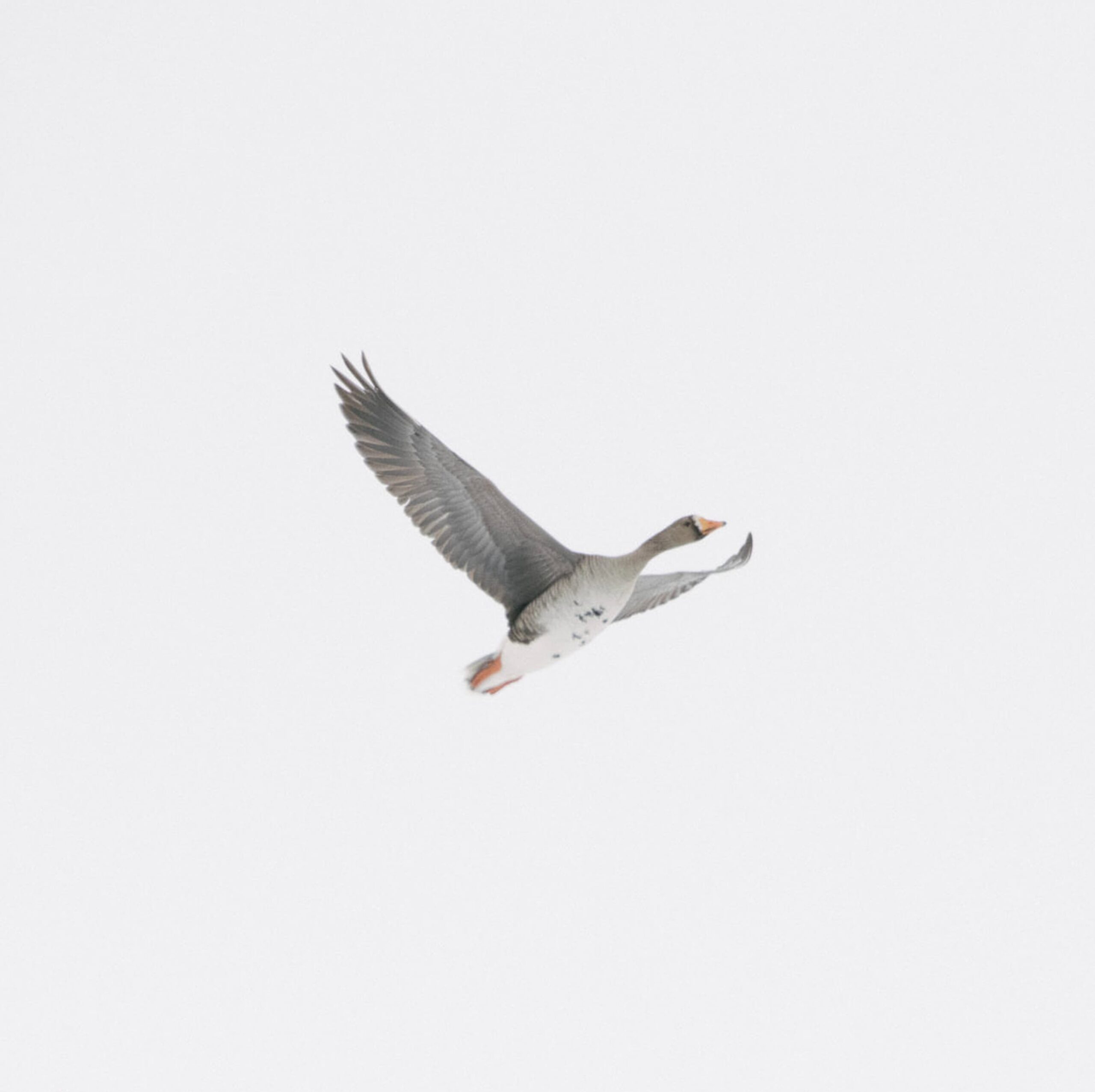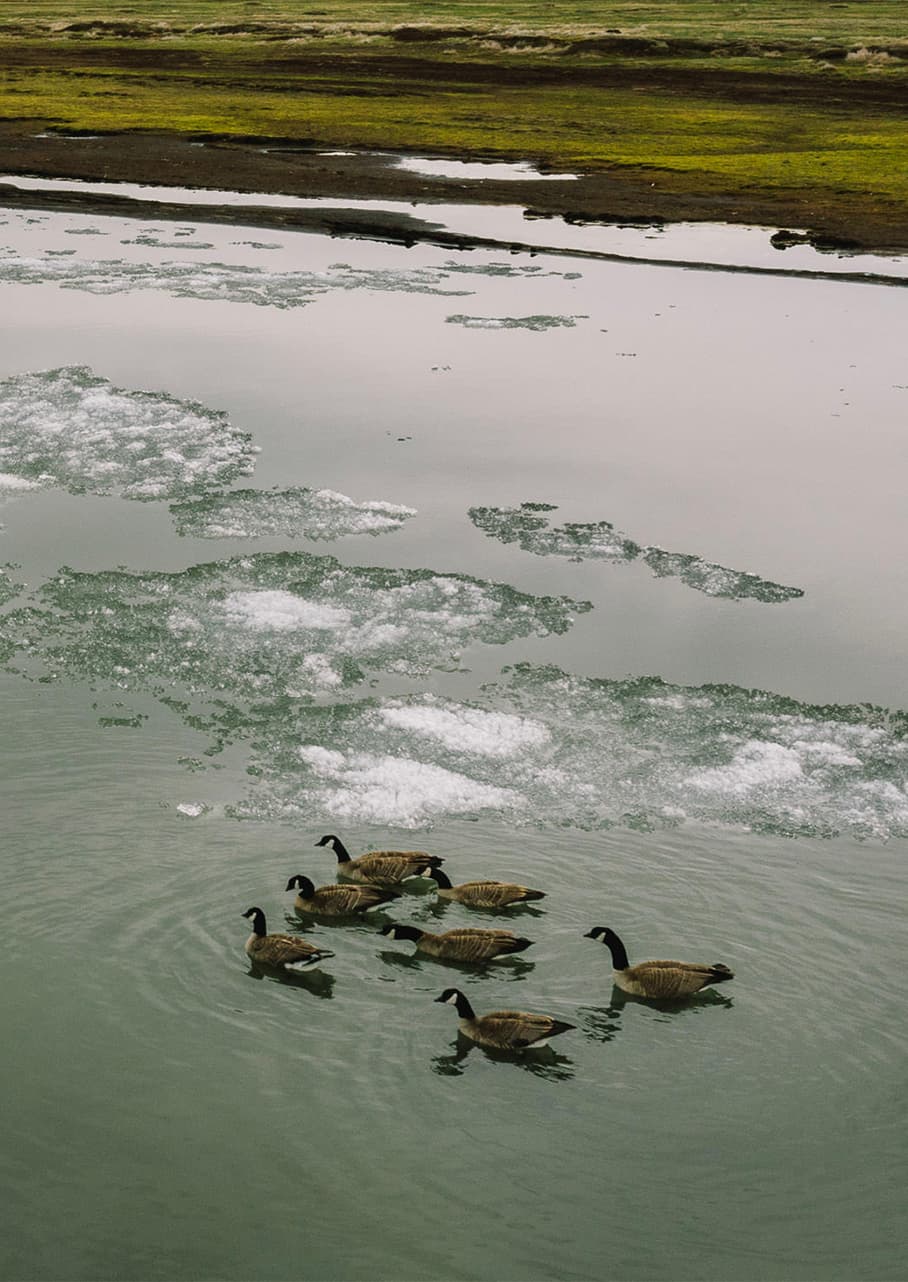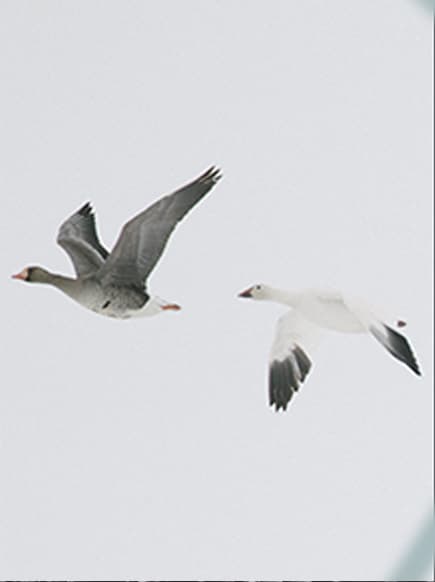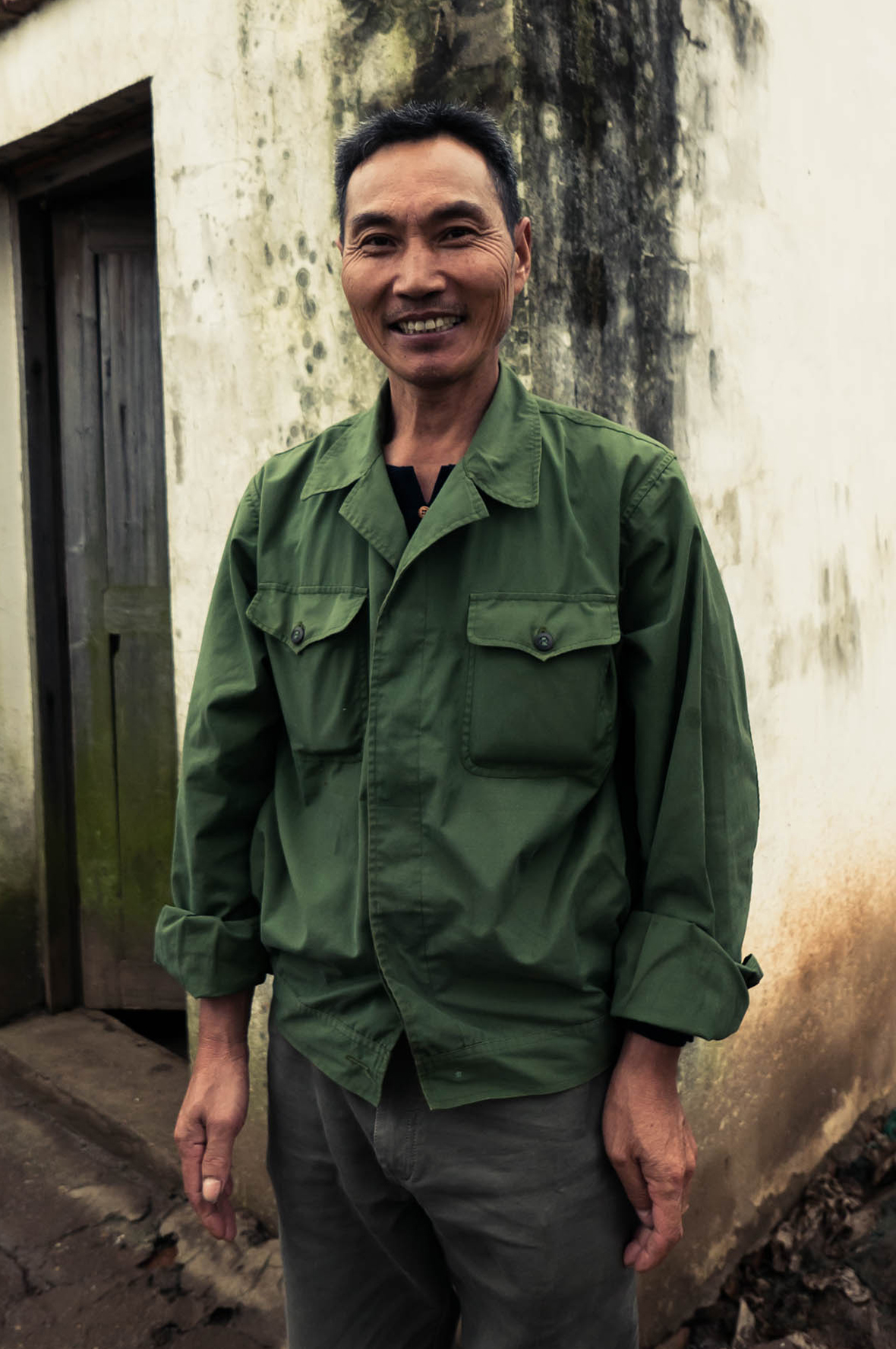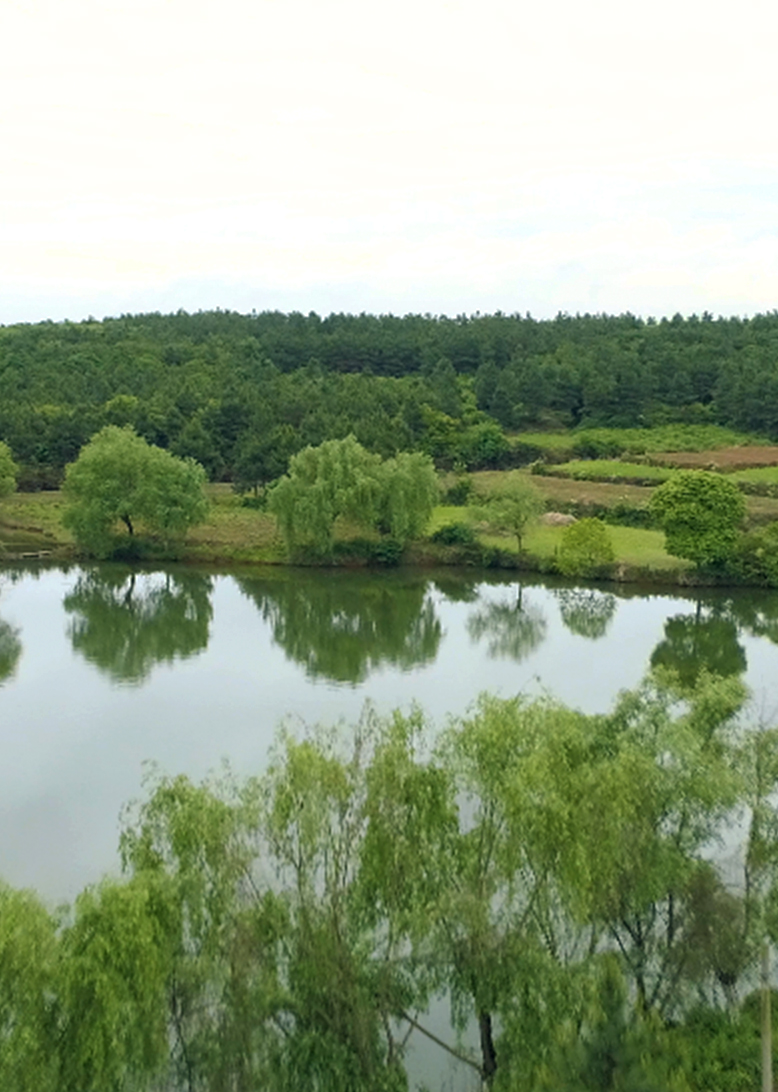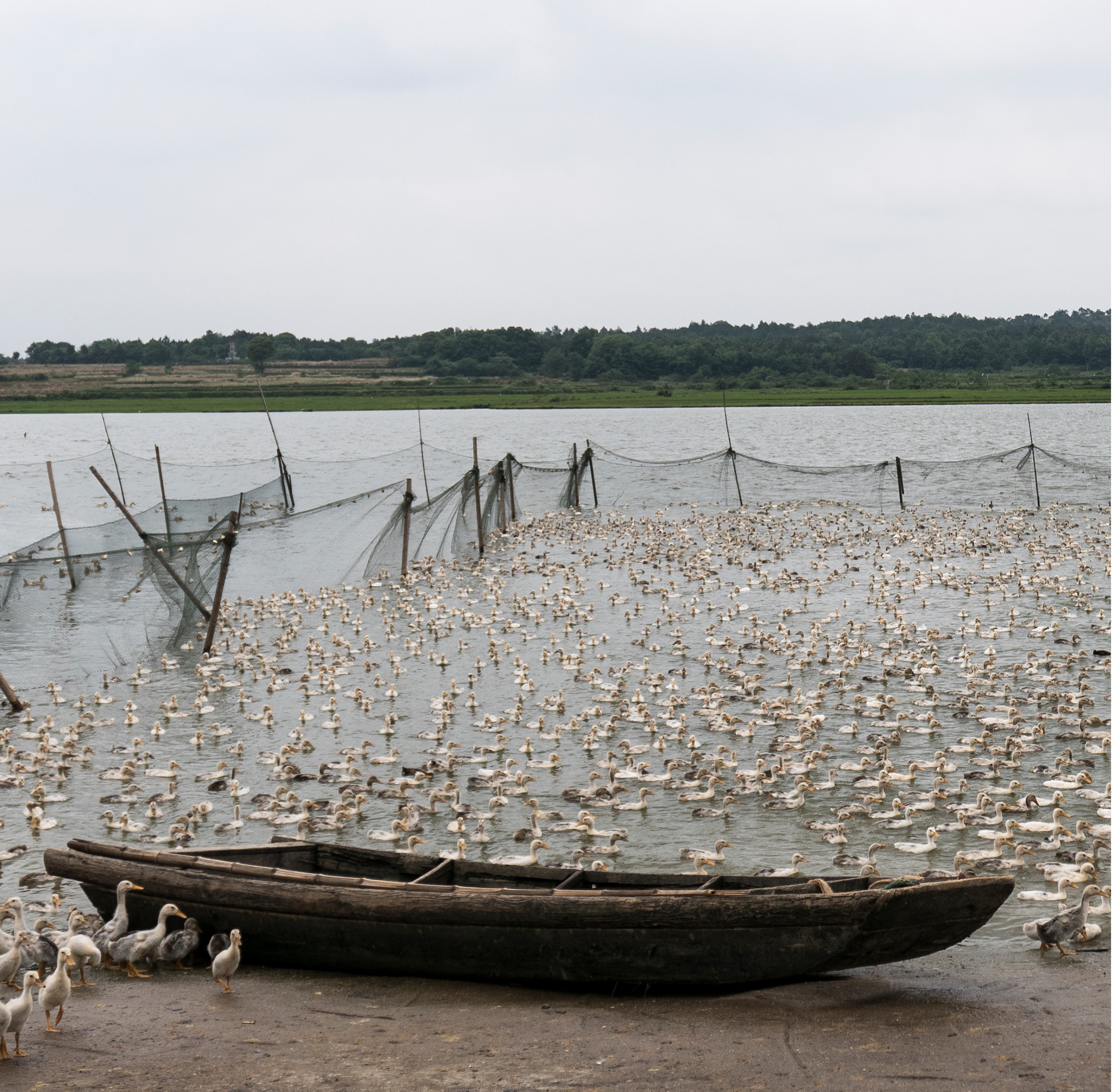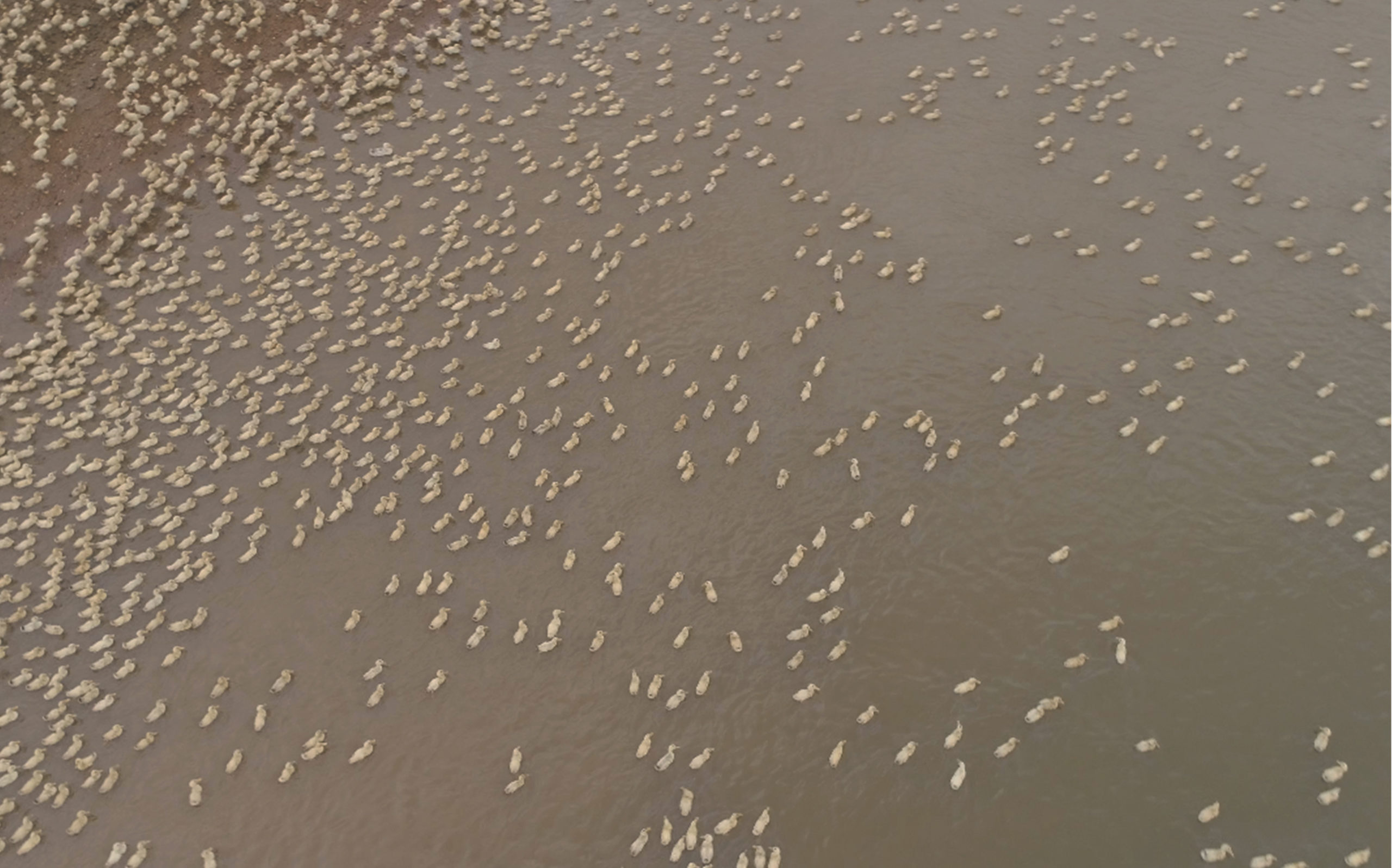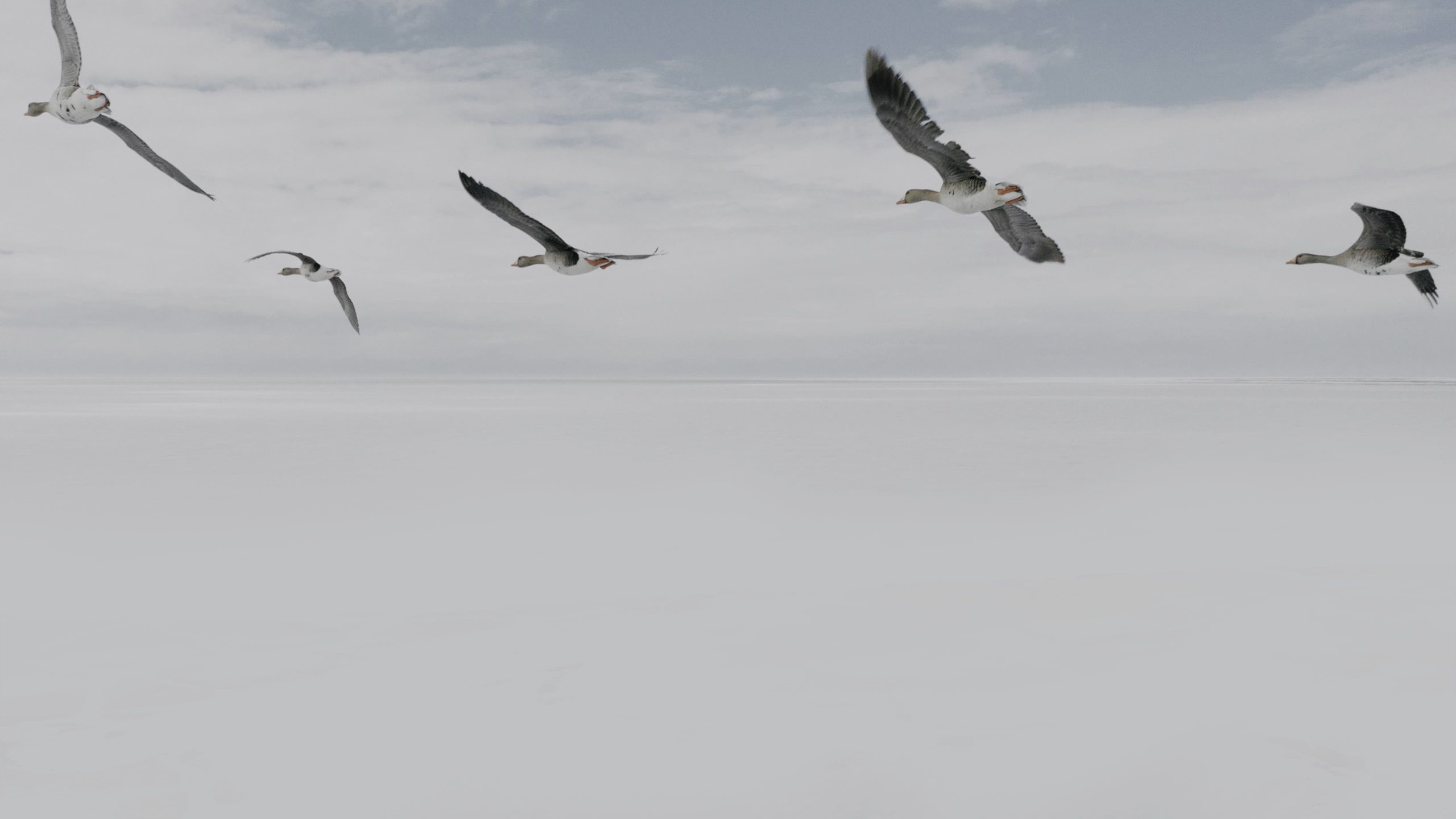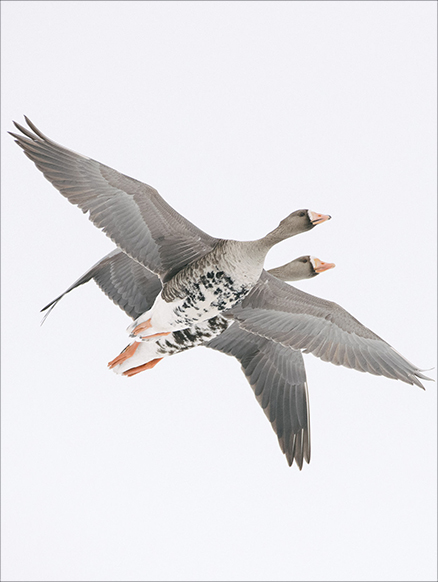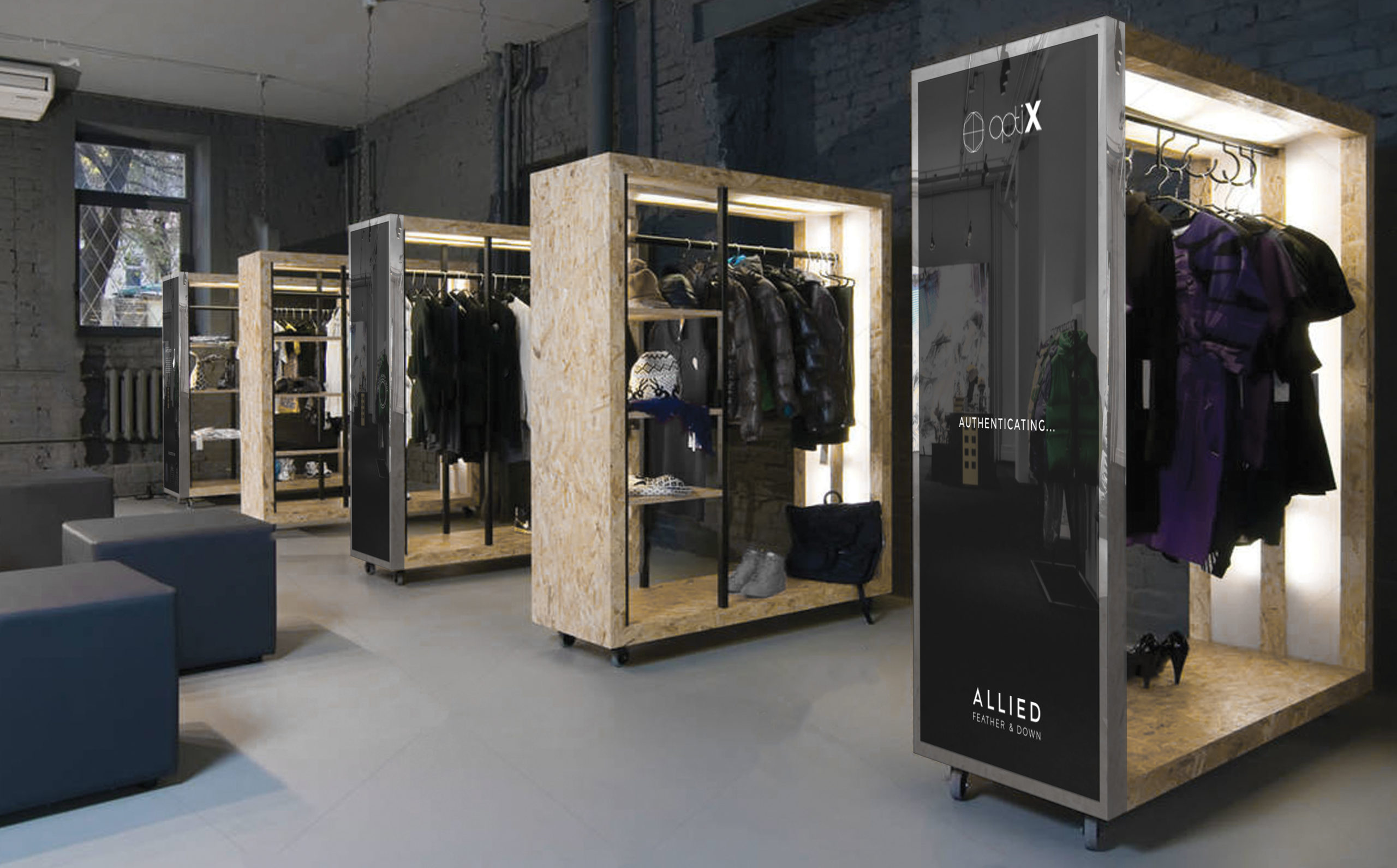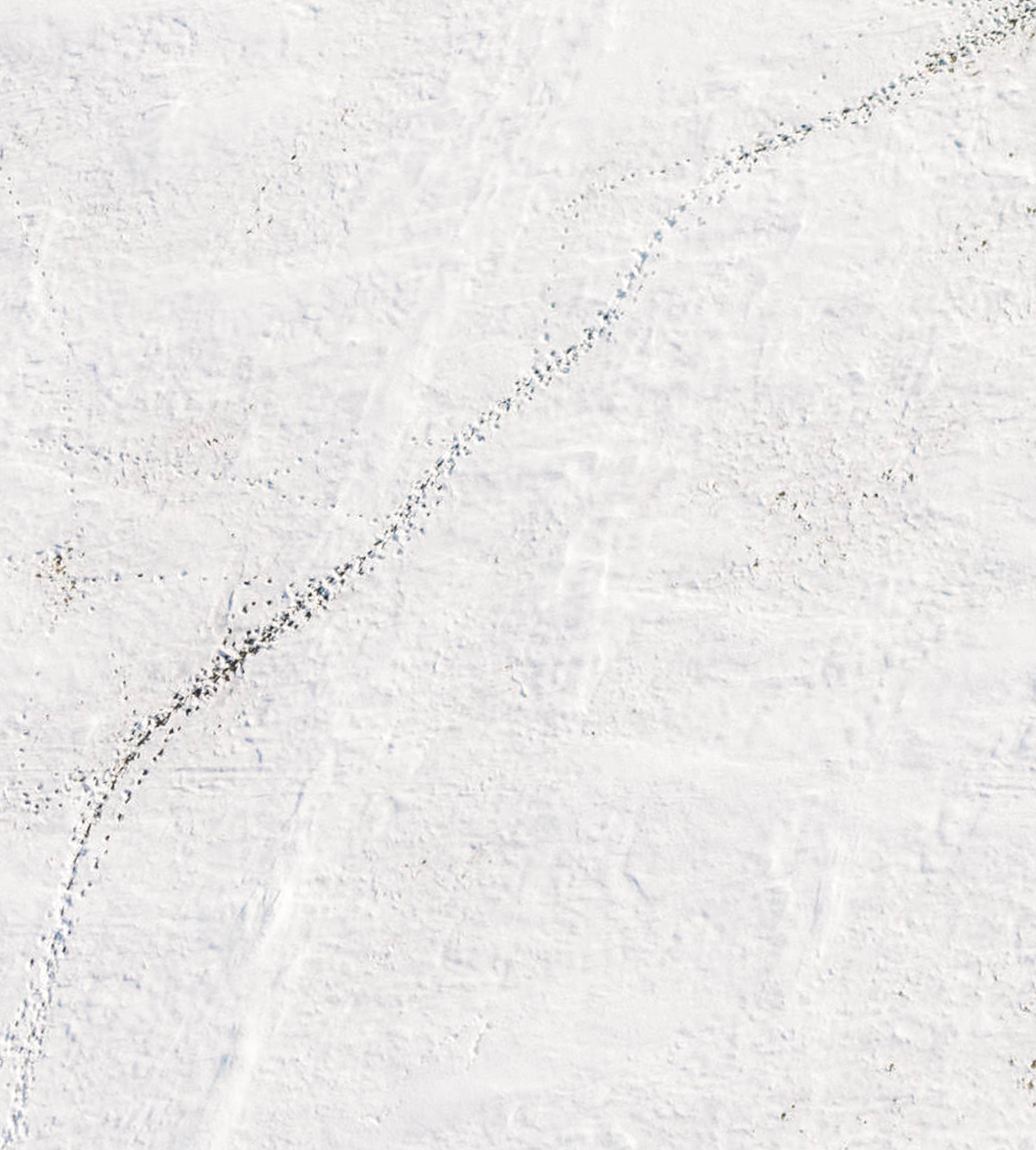More than 30 years ago, ALLIED was founded as an insulation company working directly with farms and slaughterhouse groups. As the outdoor industry was growing rapidly through the early 1980s, the need for a high-quality down fill — different than what was available at the time — became apparent.
By working directly with farms around the world, ALLIED was able to control quality and provide these growing brands complete traceability and transparency long before it was considered an important issue.
In 2012, ALLIED used this intimate knowledge throughout a supply chain many thought impossible to trace, and started work with The North Face to build what would become the Responsible Down Standard.
Gifted to the Textile Exchange so that it could be utilized by the industry as a whole, this standard has now become one of the largest and most ubiquitous animal welfare standards in the textile and outdoor industries.
ALLIED continues to change the industry by uncovering new supply chains, offering unique material and bringing traceability and education directly to the consumer for the first time.

